Crown Roller Mill in Minneapolis
The Crown Roller Mill in Minneapolis was one of the rare mills in the city that had four finished walls and a decorative roof. Others in the central milling district typically only finished the exterior walls that faced away from the river and used solid, no-frills materials for their roofing. Completed in 1880, the Crown Mill was a six-story, cream-colored brick building with a mansard roof made of tin. It was nothing less than the crown jewel of the milling district and the shining star of the Minneapolis riverfront.
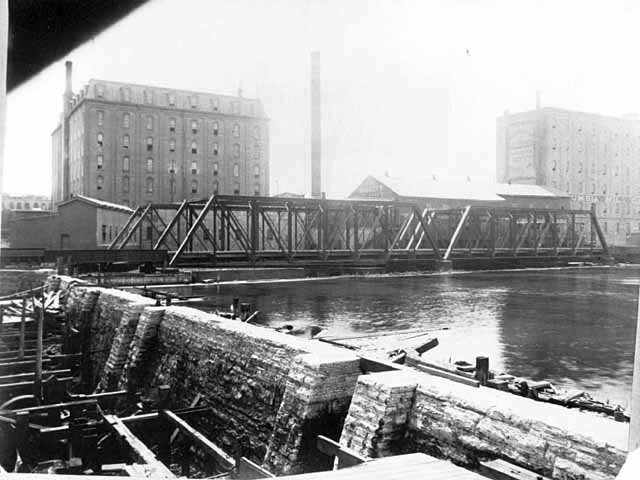
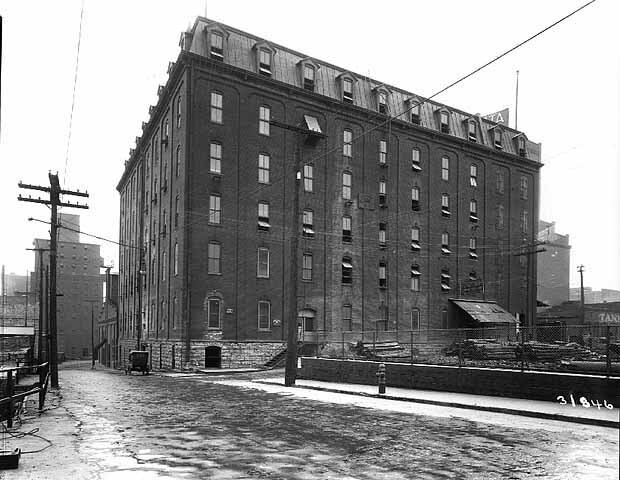
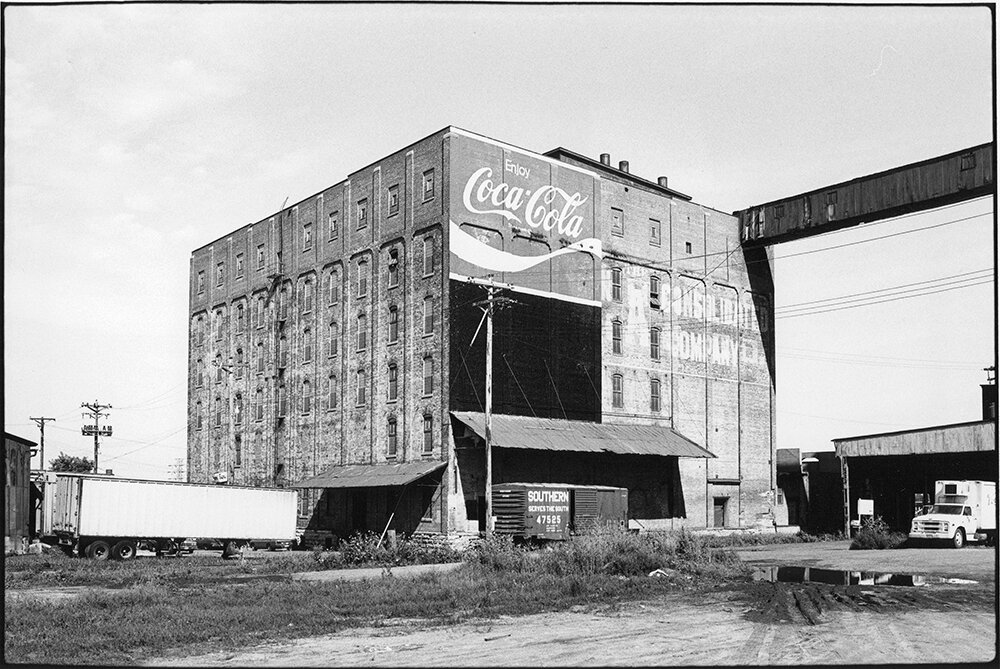
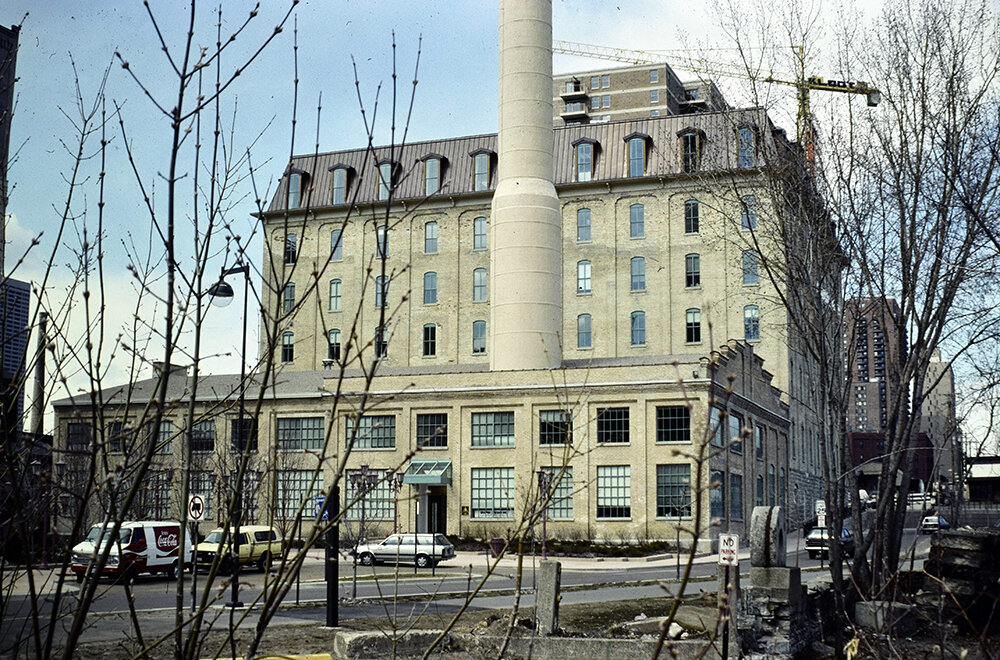
In 1891, Christian Brothers and Company sold the mill to Northwestern Consolidated Milling Company. It became the second-largest flour mill on the west side and operated until the early-1950s. After World War II, the mansard roof was replaced by a flat roof, significantly altering the appearance of the building.
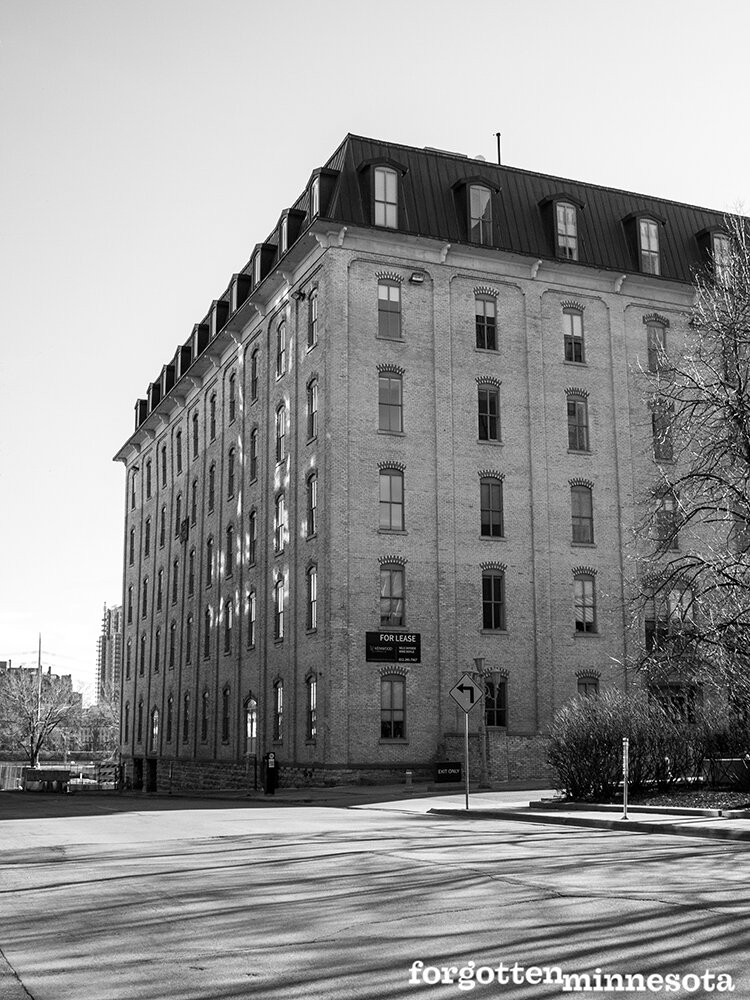
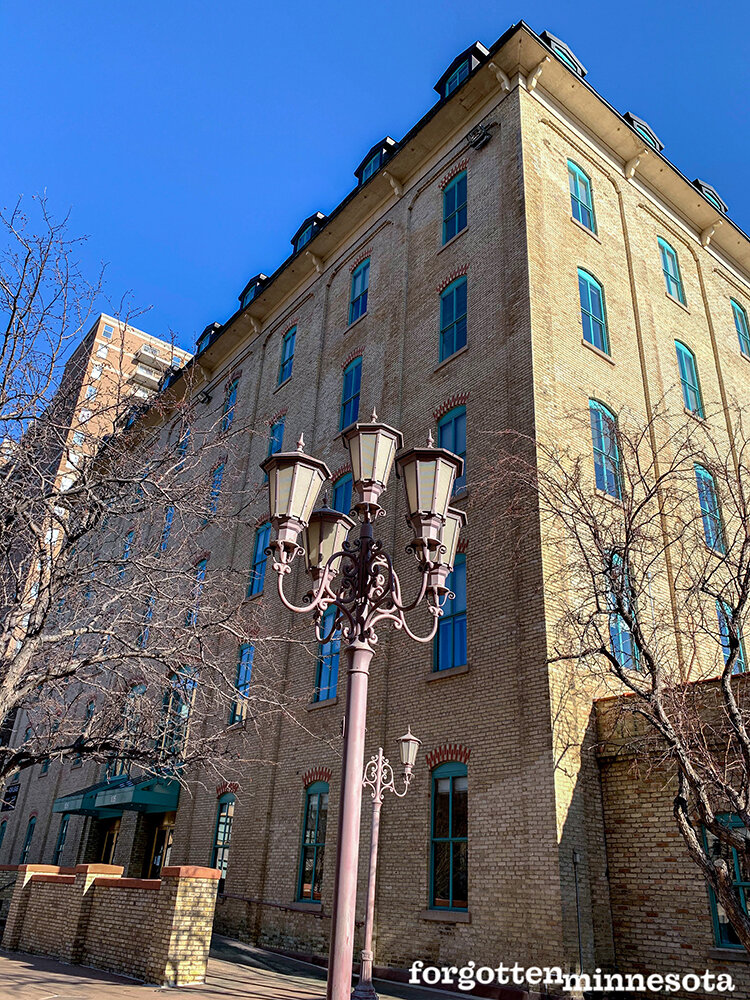
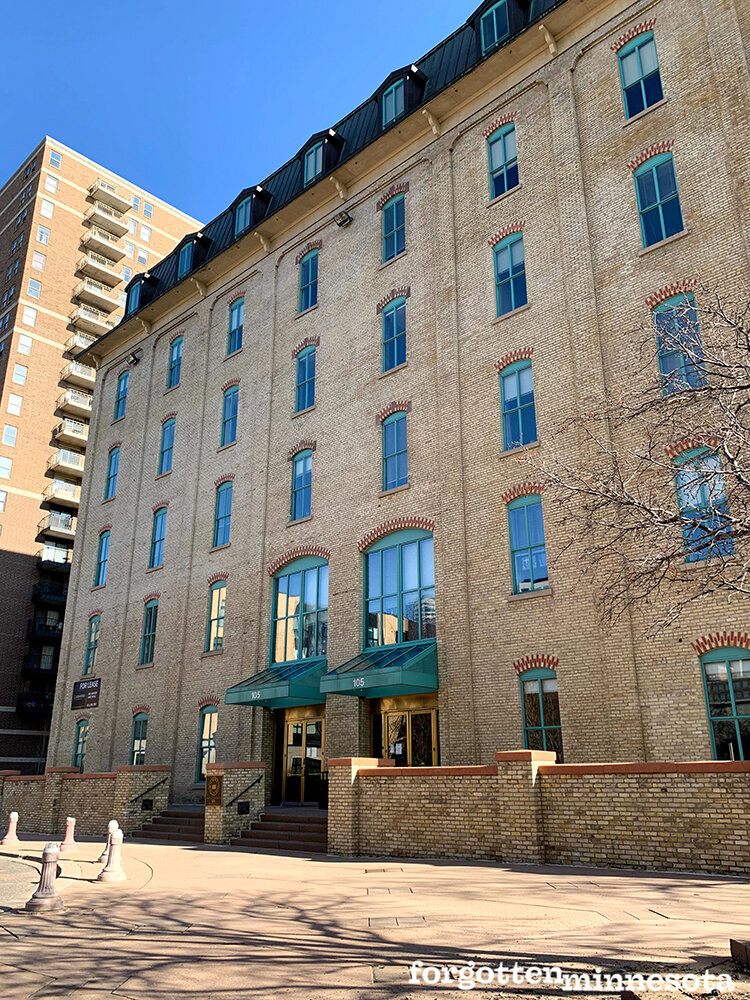
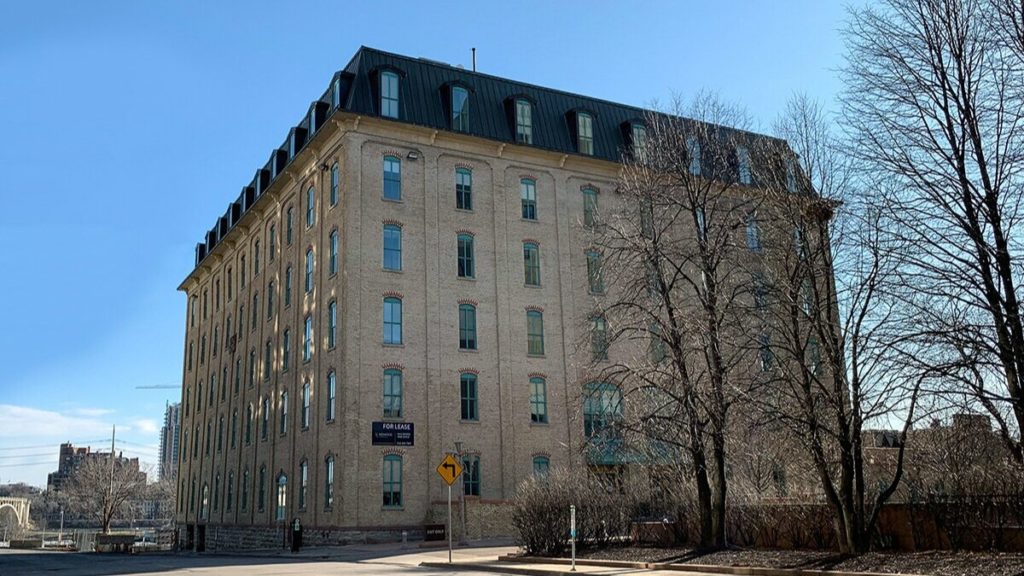
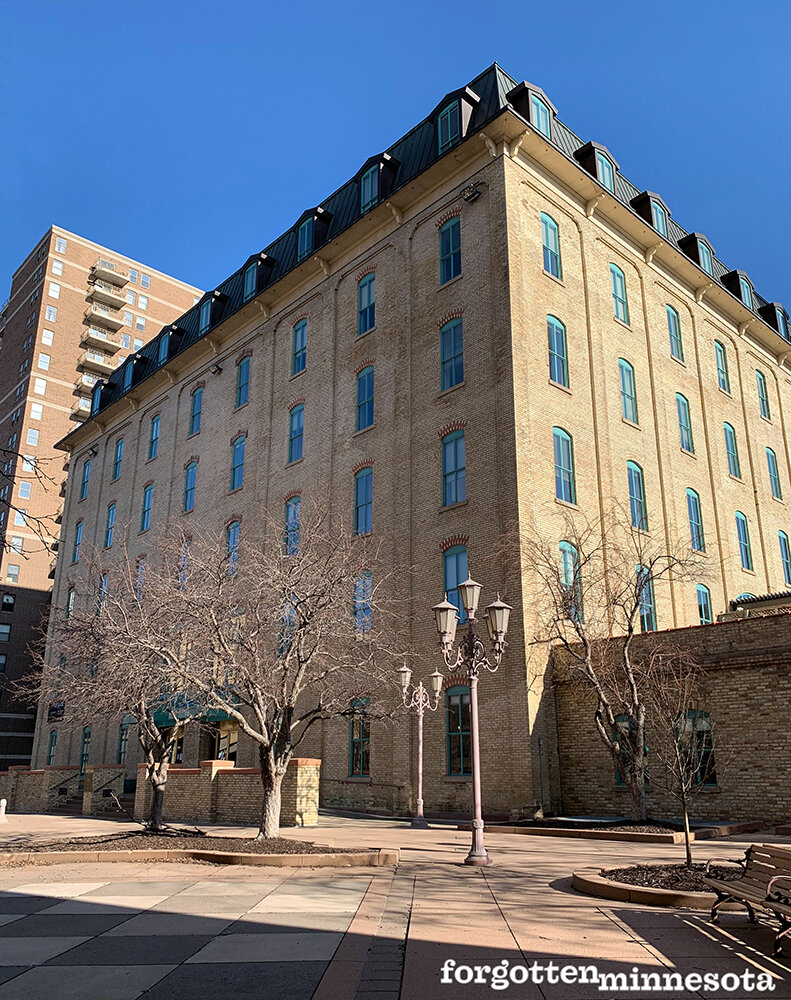
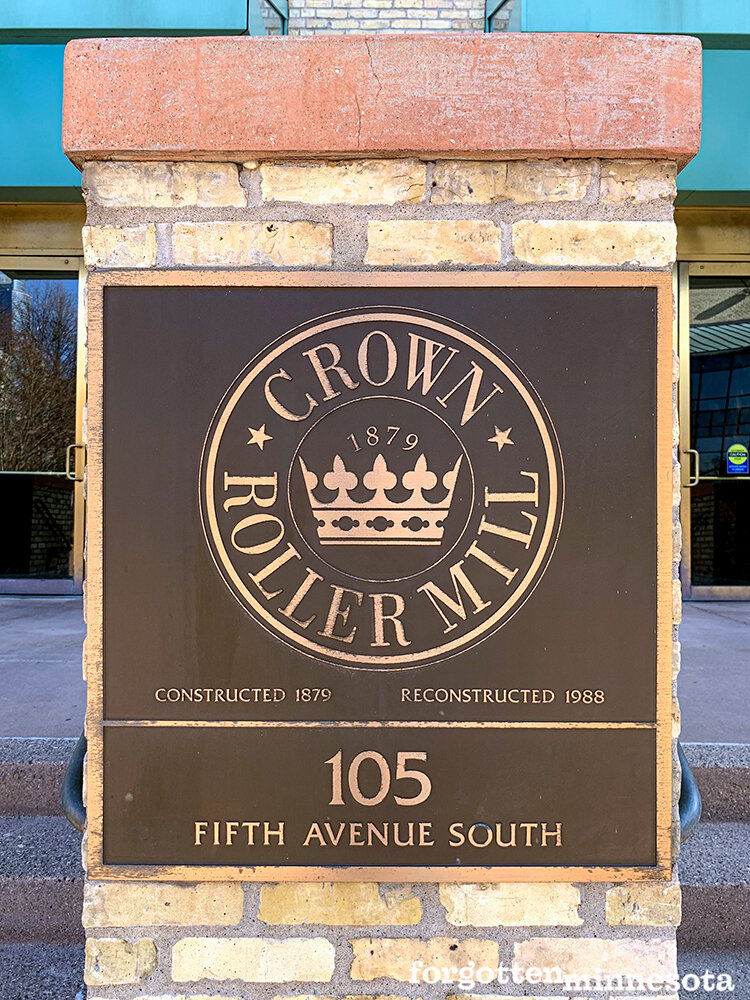
A fire burned through the upper floors of the mill and gutted the interior in 1983. Portions of the walls collapsed, leaving the building in ruins. The city supported the restoration of the building, rather than demolition and spent nearly $200,000 to rebuild and strengthen the exterior walls damaged by the fire. A private developer took ownership of the building in 1987 and reconstructed the mill to its original appearance. The damaged walls were rebuilt with cream-colored bricks that matched the originals and a new copper-clad, mansard roof was added back to the top of the building to once again solidify it as an architectural star of the Minneapolis riverfront.
